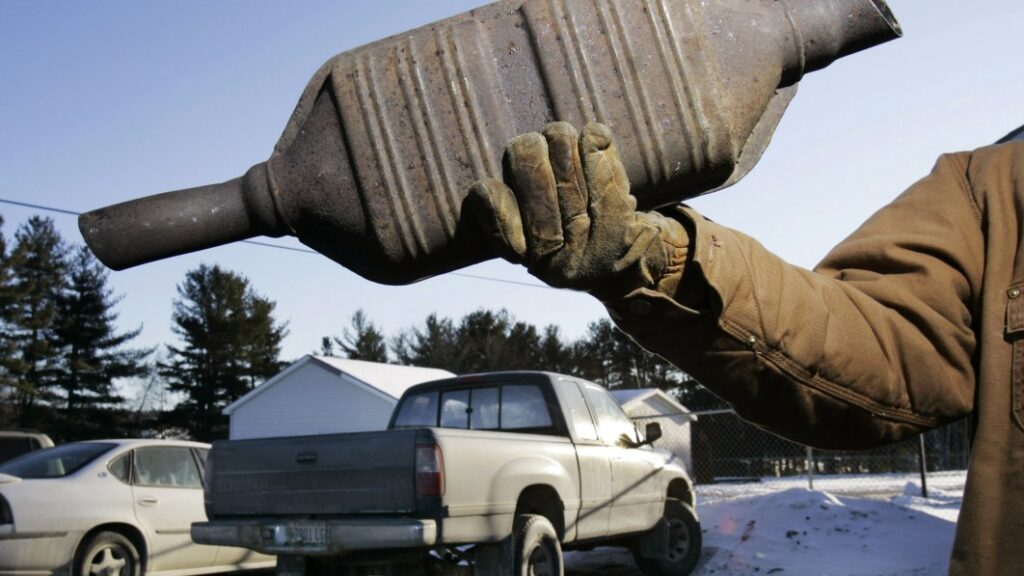Catalytic converter thefts: Here's where the precious metals wind up

Even after a catalytic converter is stolen from an automobile’s chassis, its useful life may be far from finished.
Some of these valuable cats may find a home in another vehicle as replacement equipment. But some of the precious metals might be reprocessed and resold, winding up in some surprising places — used in cancer-fighting chemotherapy drugs, or in weapons production.
Such are the findings of a recent New York Times report called “So Thieves Nabbed Your Catalytic Converter. Here’s Where It Ended Up.” A rather awkward title, but the lengthy report suggests some answers to a critical question.
The motivation for the piece, the Times says, is historical, and references to a “billion-dollar epidemic” focused on cat thefts that have “not only disabled vehicles but also involved dozens of shootings, truck hijackings and other violence. Replacement devices are often hard to get and can cost $1,000 or more.”
Not only are the converters ripped off vehicles; earlier this year robbers in Germany took off with a truckload of them worth $1.5 million. In South Africa, gangs shot a guard and took about $2.5 million in precious metals from a truck in Port Elizabeth. A South African business group blamed international organized crime syndicates that jam security and tracking devices, according to the story.
Beyond the obvious irritations these thefts cause vehicle owners — the converters in more than 600,000 cars in the United States were swiped last year — “little has been known about where the stolen metal goes, who benefits or why stopping the thievery has proved so difficult,” the story says. It’s a complex issue, and, as the piece tries to prove, an understatement.
The criminal rings that traffic in the stolen devices are motivated by obtaining the rare metals that are used in them — platinum, palladium and rhodium, among others. The “commercial appetite” for those substances has become “insatiable.”
To illustrate the problem by example, the report looks closely at a recycling firm near Yellowstone National Park called Stillwater Mining. According to the Times, the company paid “more than $170 million” for used converters, many of them stolen, according to an indictment handed up this spring on Long Island that implicated the mine. Stillwater was not charged, and denied knowing the devices were stolen, said the story.
For readers who may be seeking a bit of perspective, reporters Walt Bogdanich, Isak Hüllert and Eli Tan offer some useful history on the development of the cat as a way to control automobile exhaust pollution. The federal policy dates back to 1970 when Congress passed the Clean Air Act, requiring all vehicles manufactured after 1975 to sharply reduce pollutants.
Researchers at Engelhard Corporation, a metals processing company in New Jersey, had found that platinum group metals could catalyze, or convert, unburned hydrocarbons, carbon monoxide and nitrogen oxides into less harmful forms, the story says.
“It stands as one of the greatest technological interventions to protect the environment in history,” Ken Cook, president of the Environmental Working Group, an advocacy organization, told the paper.
There’s significantly more detail here. A Times subscription may be required to access the report.





